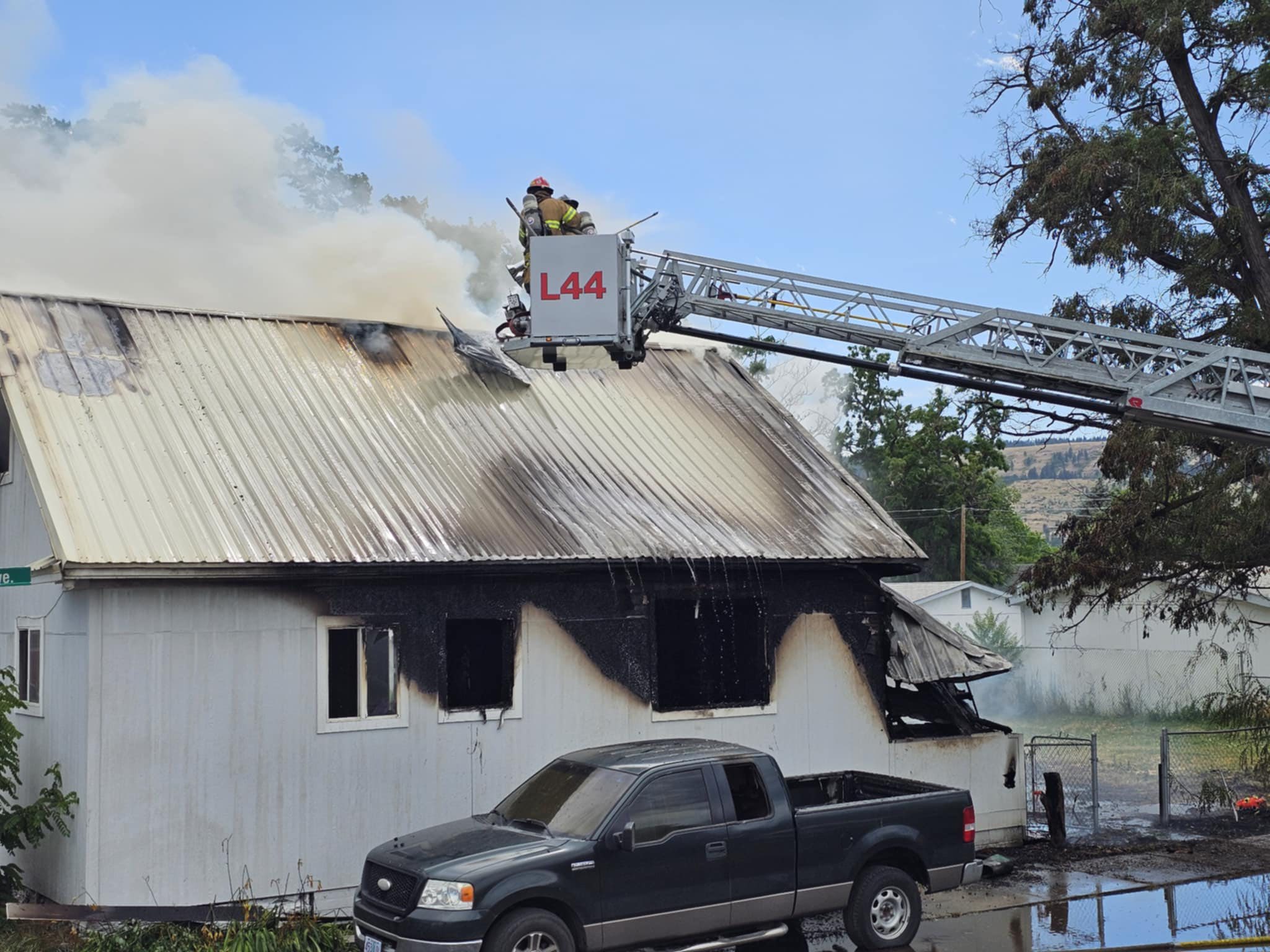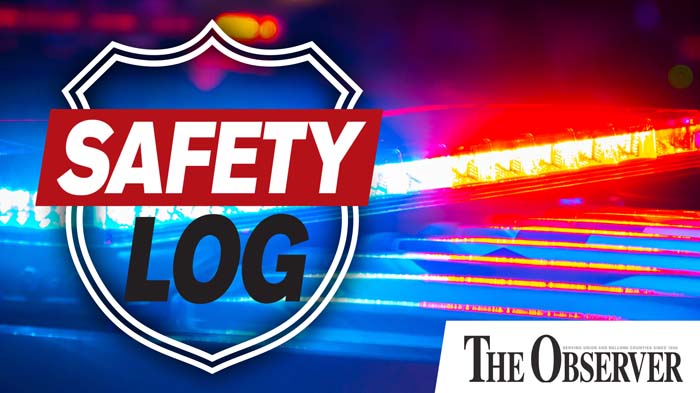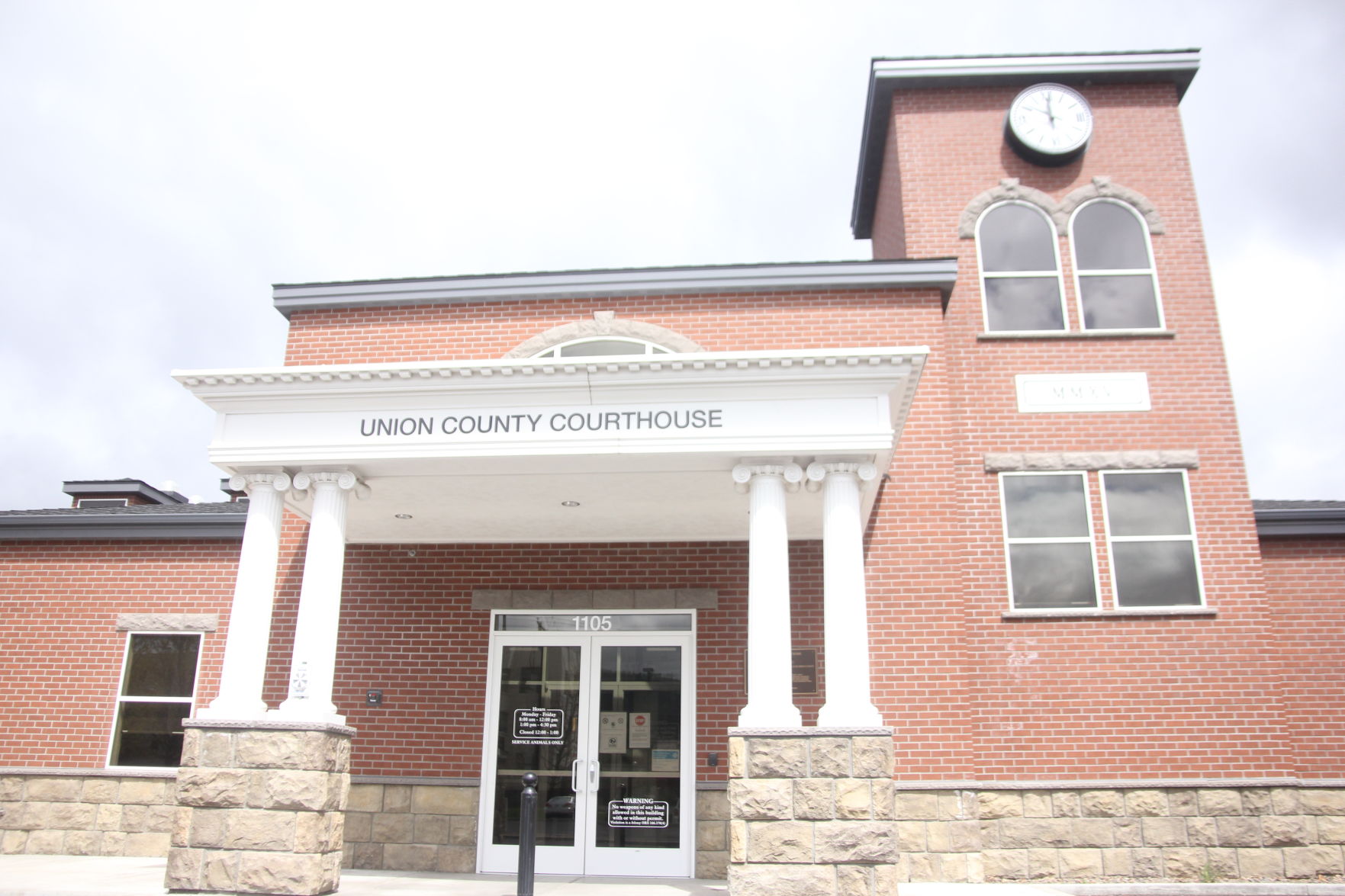AG CONSERVATION PROGRAM REWARDS BEST, ENCOURAGES REST
Published 12:00 am Monday, January 30, 2006
ISLAND CITY "I firmly believe agriculture is a homeland security issue," says Mike Burton, Natural Resource Conservation Service.
That may seem an unusual point of view, but consider this: "A populace that cannot feed itself, is a populace at unrest," Burton adds.
In order to maintain a secure industry capable of sustaining the nation’s food supply, the very nature of U.S. agriculture demands a high level of integrity in resource management.
Burton makes a point in a unique way for something farmers and ranchers have known for years they are the quintessential stewards of the land. Everything depends on it.
There are farmers all over this county, Burton says, who practice excellent resource management. Many began their programs before the buzz words "sustainable agriculture" became a concept.
Now, farmers and ranchers who have achieved these highest levels of conservation by making stewardship investments on their working lands may be eligible for financial compensation for that work, through the U.S. Department of Agriculture’s Conservation Security Program. The CSP was implemented in 2006 for the Upper Grande Ronde watershed.
Burton says the conservation focus of the new program represents a fundamental shift in decades of federal commodity-based compensation programs.
"The thing that makes this so different is that it rewards existing conservation practices," Burton says.
A series of local informational meetings are planned to answer questions about the CSP and whether it is right for each individual operation.
The NRCS the agency that administers the program at the local level is in the process of arranging dates and places, which will be announced soon.
Two eligibility requirements that must be met prior to application are that the operation is part of the Upper Grande Ronde watershed and that water and soil quality of the operation meet basic RUSLE guidelines.
The acronym RUSLE stands for Revised Universal Soil Loss Equation, an assessment tool for soil erosion and conservation planning, Burton says.
After the informational meetings, the next step will be to attend self-assessment workshops designed to assist in completing the application process.
In order to apply for the program, participants need to decide whether to define their working lands as single or multiple operations. But, the CSP application is limited to one operation and additional land cannot be added to the original contract.
The NRCS offers a 35-page self-assessment workbook to aid applicants in discerning eligibility and in recording conservation levels.
Applicants must also gather, record and maintain extensive records to document their stewardship practices to participate in the program. The NRCS offers a records book to keep records by hand and a software program which may be downloaded to keep computerized records.
For more information, or to download a copy of the self-assessment workbook, visit the NRCS on-line at www.or.nrcs.usda.gov, or give Burton at the local NRCS a call at 963-4231.









